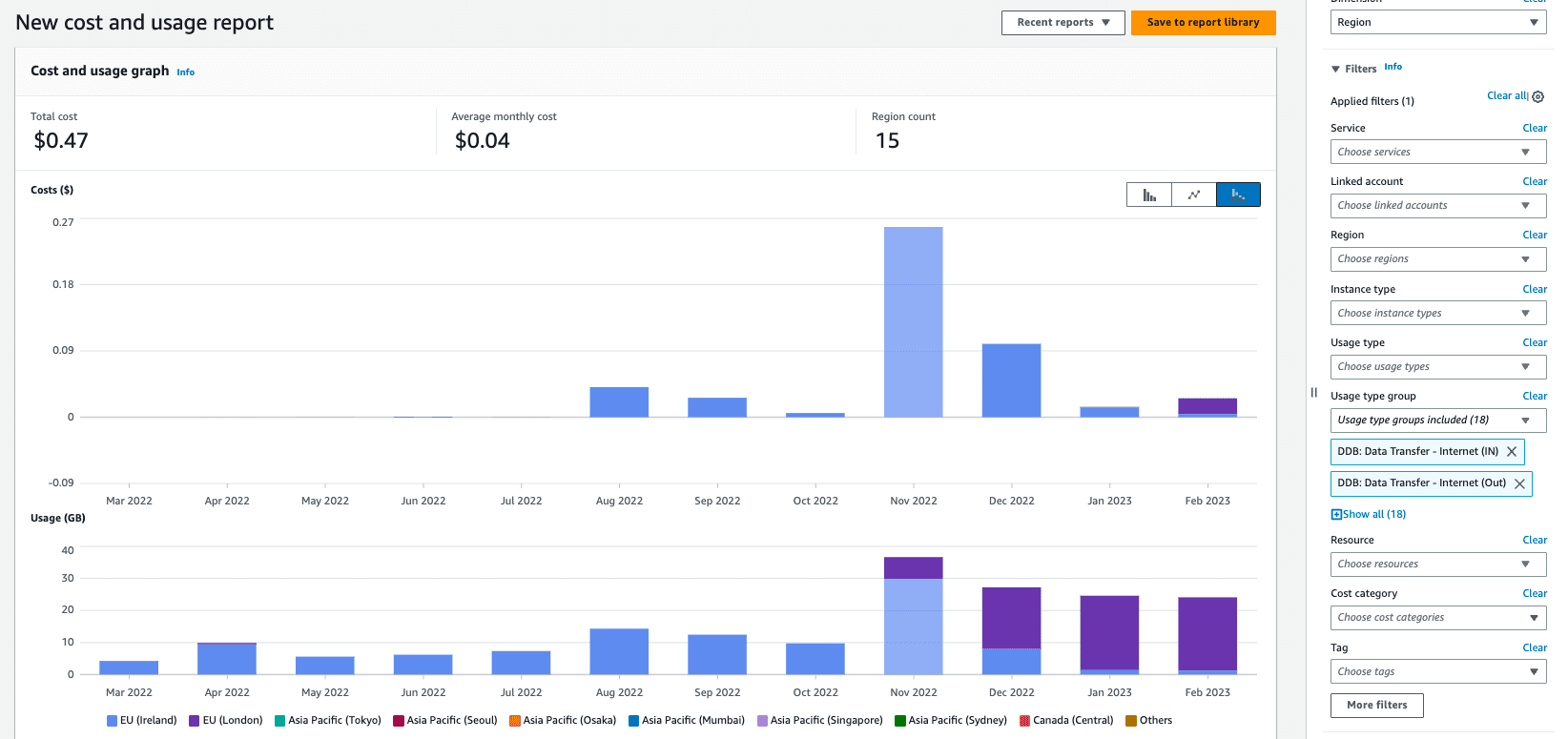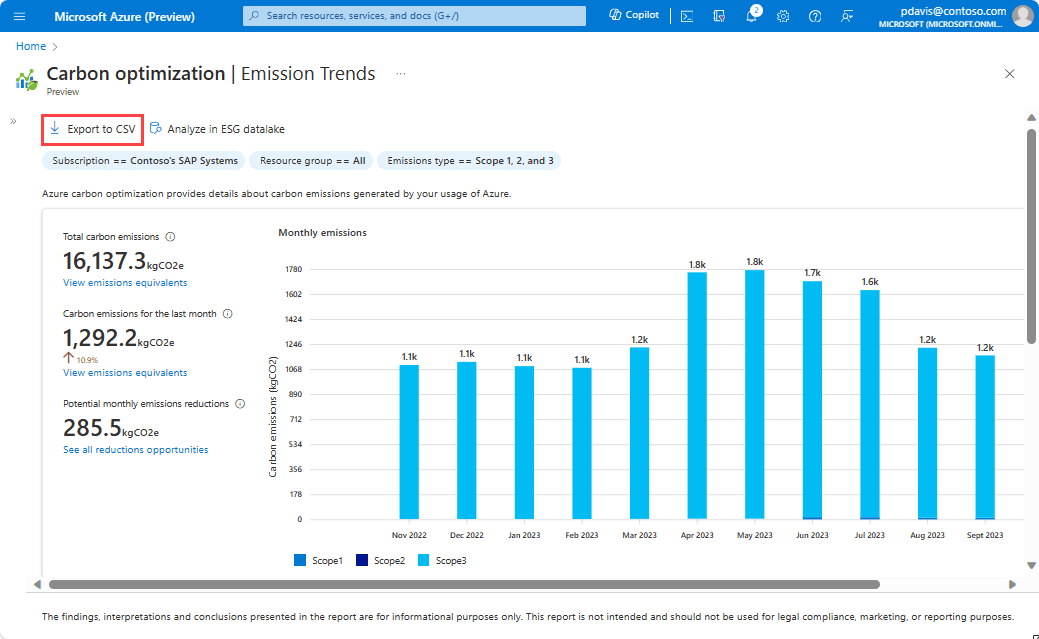By continuing, you agree to our use of cookies.
You’ve been assigned as the data holder for Cloud Computing, which covers the environmental impact of the company’s cloud infrastructure—such as services provided by AWS, Azure, or GCP.
Due to differences between providers, the method for retrieving and submitting this data varies by platform.
This section focuses on Infrastructure-as-a-Service (IaaS), rather than consumer-facing tools like websites, SharePoint, or Google Drive. The impact of these smaller-scale services is considered negligible and is excluded from this analysis.
This guide will help you correctly format and submit the data needed for the company’s impact assessment.
You’ll find the task in your to-do list here:

You can access the required data directly from your cloud provider:
Azure and GCP: Both platforms offer built-in tools to report GHG Protocol Scope 1–3 emissions data.
AWS and other providers: These may require a raw data approach.
The two most critical pieces of information are:
✅ Monthly uptime
✅ Geographical region of the cloud servers
We’ve outlined detailed instructions on how to export this data below.
You can retrieve the required data from your AWS services by following these steps:
Go to: AWS Cost Management > Cost Explorer > Create new Cost and Usage Report
Apply the following filters:
Date Range: Select the full Reporting Period year (or as far back as possible if a full year isn’t available).
Granularity: Set to Monthly
Dimension: Choose Region
Download CSVs for each of the following service categories by applying these usage type filters:
Compute: Filter by EC2: Running Hours
Storage: Filter by S3: Storage - Standard
RDS: Filter by RDS: Running Hours
Networking: Filter by all relevant types of Data Transfer - xxx (In) and Data Transfer - xxx (Out)
(You can select multiple types at once.)
Once filtered, you’ll see two graphs:
One displaying cost
One showing usage
These charts will help you validate the data visually before downloading the CSVs.

Click Download CSV to download the data, and upload the data, or send it over to us!
This will give you a download of each months cloud computing use, split by region, for the period of analysis.
The Carbon Footprint dashboard displays estimated greenhouse gas emissions associated with the usage of covered Google Cloud services for the selected billing account. You can follow instructions to view and export the data from the dashboard.
You should export the data from the Market-based emissions tab: This tab displays emissions data broken down by scope 1, scope 2 market-based, and scope 3 GHG emissions.
You can export your emissions data in CSV format from the Emissions Trends page and the Emissions Details page in Azure carbon optimization in the Azure portal.
You can follow the instructions here: Export emissions data to a CSV file using the Azure portal - this will give us detailed information so we can get more accurate data on a monthly basis.

This will help you to download the Emissions Trends data for the last 12 months for the selected filters, including:
Scope 1, 2, 3 and total emissions
Carbon intensity
Download the data, and upload or send it over to us!
If you're using a different cloud provider, please reach out, and we'll assist you in finding the most relevant information for your specific use case.
If you're unable to access the data, please reach out to us, and we will help arrange the best alternative solution.